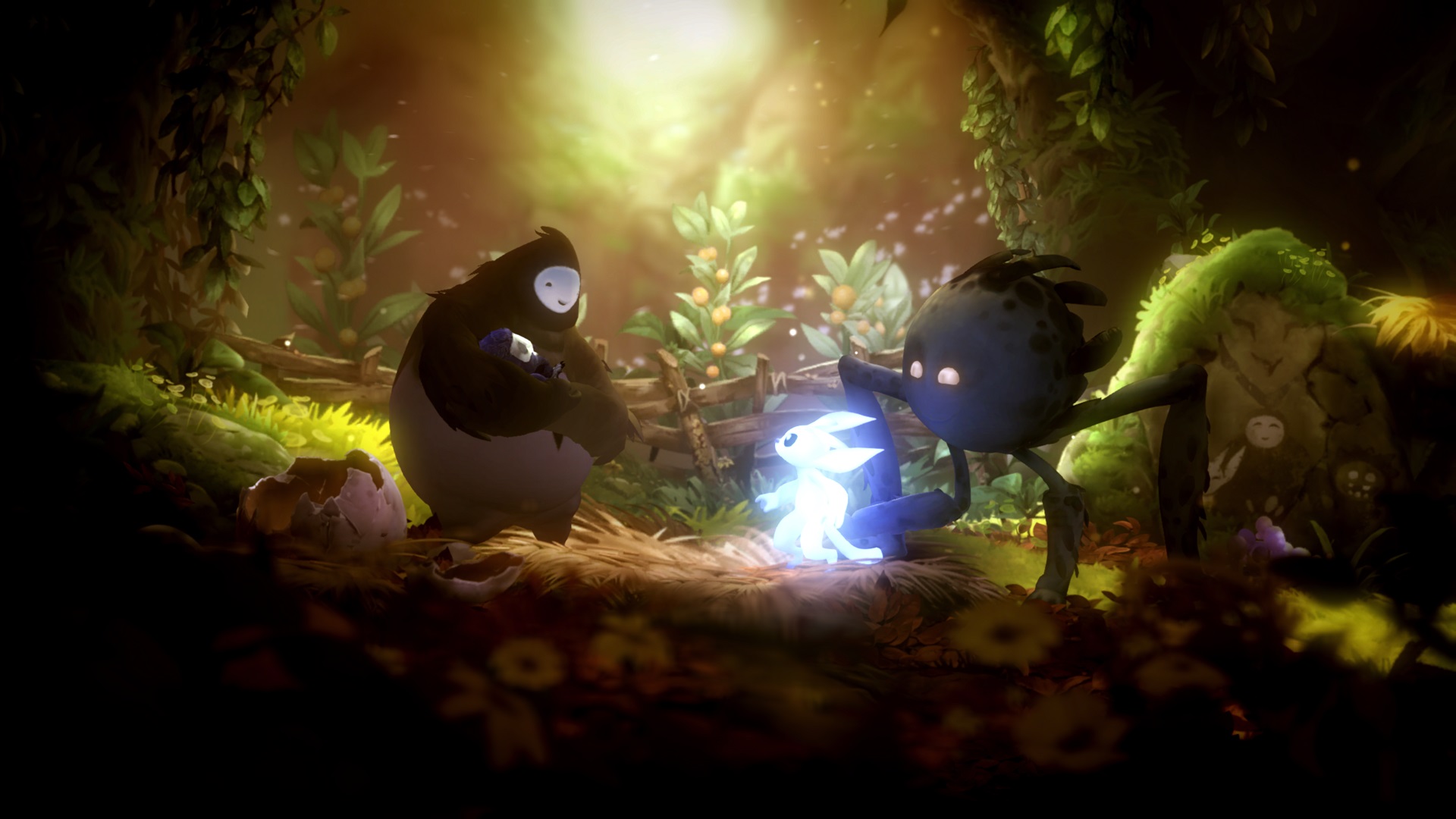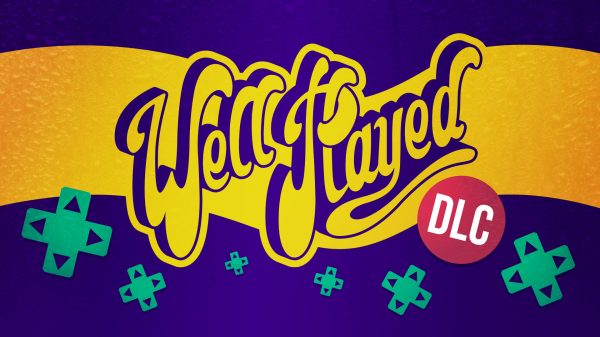Update: When we initially played through and reviewed Ori and the Will of the Wisps it was plagued by technical and performance issues. In my eight hours playing through the game I experienced consistently poor performance on the Xbox One X, alongside a raft of glitches like constant freezing, map icons appearing incorrectly, button prompts with the wrong buttons displayed, objects with missing textures, broken quest objectives and a save bug that repeatedly reset my progress to a specific point in the game. This had a significant impact on my enjoyment of the game and was a factor in the initial version of my review. Before that review went live, we were informed that a patch would be coming some time after launch (but during launch day) that would fix some of the issues we were having, so we adjusted the score up prior to publishing the review to be more in line with what the game might be like once the community could play it. Upon replaying a portion of the game after the second launch day patch, it seems that issues relating to inconsistent performance, bugs, prompts and graphical errors have mostly been fixed. As such we have re-evaluated our critique of the game again and now feel that the score we have settled on reflects our opinion of the product as it is now.
Ori and the Blind Forest took the world by storm back in 2015 with a magical, painterly adventure that helped ring in the rebirth of the ‘metroidvania’ genre. Of course, given the game’s success it’s only natural that Moon Studios has been hard at work on a sequel. Now, five years later to the exact day, Ori and the Will of the Wisps is born, hoping to recapture that same magic while iterating on everything that made Blind Forest great. The end result is another stellar title that hits all the same highs without messing too much with the formula, but the journey isn’t without some unfortunate issues.
It’s certainly a nice touch that the game could come out on the same date as its predecessor, but there’s also an argument to be made that it could have benefited from just a little more time for finishing touches. Reviewing games in the era of constant patches and updates is already a tricky business, but reviewing something that is essentially being finished in the hours-long gap between the review embargo and launch is anxiety-inducing. It’s my hope that the above disclaimer sends a strong enough message about the disparity between what I played and what the launch experience will be that the remainder of this review can comfortably get across what I think of the game itself.
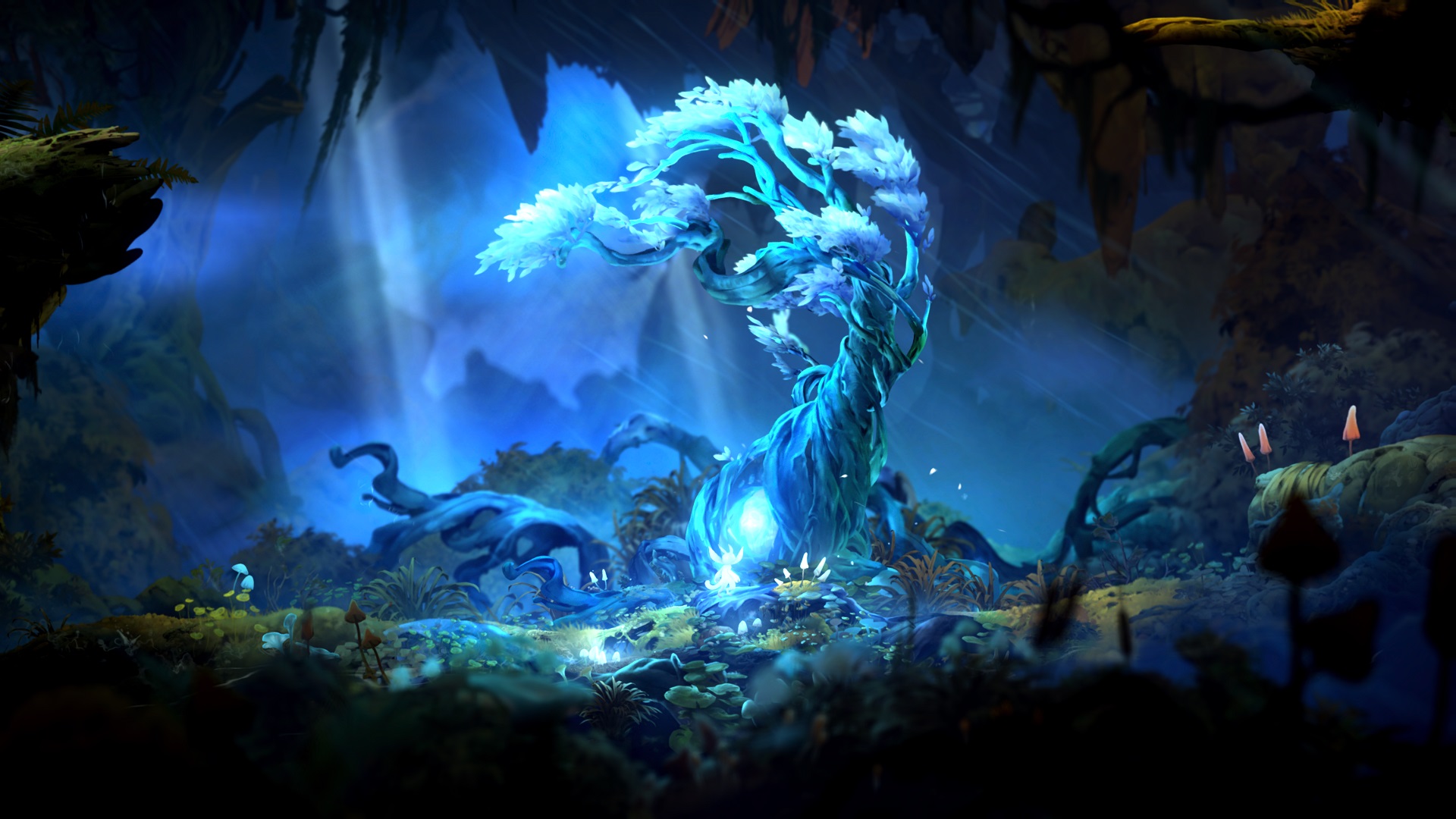
Ori and the Will of the Wisps picks up after the events of the first game, with Ori and their newfound family living in peace after having defeated Kuro, the giant owl. It turns out though, one of Kuro’s owl chicks managed to hatch and live through those events and so they decide to adopt it, named it Ku. Ku and Ori become fast friends (and Ori helps to repair Ku’s damaged wing), but where would Ori be if not in hot water? So it’s not long before the two are swept away in a storm while trying to fly and Ori lands in a new mysterious, dying forest called Niwen, with no sign of Ku.
This is where the adventure begins proper, as Ori searches for their new friend and eventually finds a new destiny in helping to save Niwen. I had doubts initially about the effectiveness of telling another similar story about saving a forest with a dying Spirit Tree, but that doubt quickly dissipated when it became clear how much richer and more magical Will of the Wisps’ storytelling is. Not only is story a much bigger part of the moment-to-moment gameplay this time around, especially now that the forest is full of chatty, sentient animal inhabitants, but by the end there’s a definite sense that this story is more important to Ori than anything before. Even the game’s main antagonist – a giant, malformed owl born under the rotting carcasses of her parents and shunned by the other owls – manages to feel unique and sympathetic in her own way despite being the second evil owl main villain across two games.
As much as Will of the Wisps’ story riffs heavily on the last game so too does the game’s general flow. Not that there’s much more to be done with the game’s ‘metroidvania’ style structure, or needs to be done, but if you’ve played The Blind Forest it will feel extremely familiar. You’ll still gradually explore the world, acquiring new abilities and learning to use them in new ways in order to either progress further or return to previous areas and explore them more thoroughly, with Ori’s primary goal to rescue the five titular Wisps trapped in the forest’s varied biomes and return them to the Spirit Tree. There are some welcome new wrinkles this time around of course, with the forest of Niwen feeling much more lived in and inhabited thanks to a raft of new characters and sentient animal races that are universally quite chatty…and needy. The game introduces the idea of quests, which of course paves the way for side quests, which give the world some nice added depth and drives home the idea that Ori is the catalyst to much-needed change in Niwen.
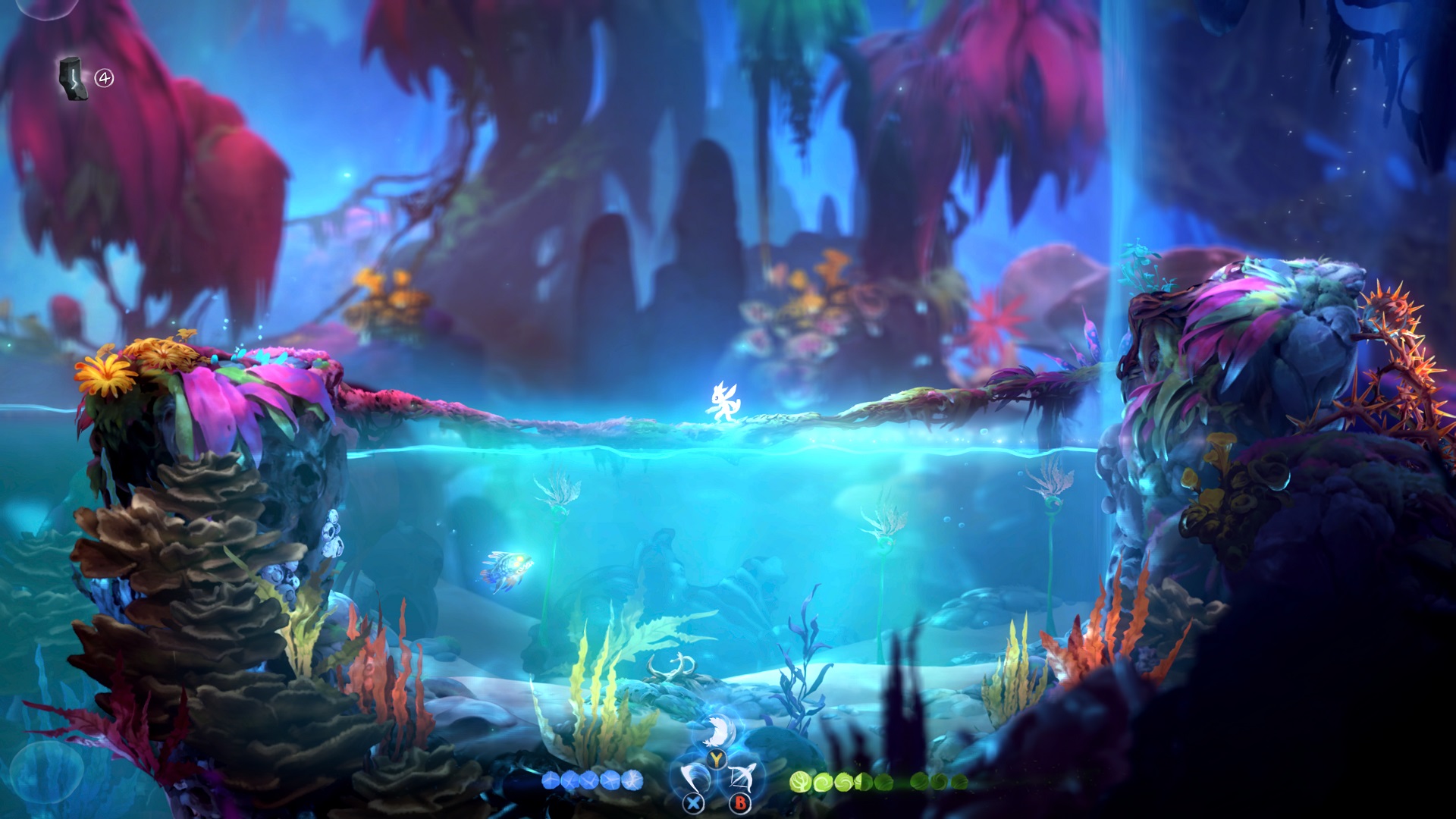
Elsewhere, changes to the game’s basic systems also help contribute to giving players’ choices and play styles more meaning. The new upgrade mechanic centres around finding Shards that augment Ori’s abilities or add new ones. With limited slots for Shards, it’s up to players what to prioritise – things like increased maximum health help to soften the challenge, but may come at the cost of combat proficiency or time-saving traversal upgrades. Once I settled into a build I was comfortable with I almost never changed it, aside from one tricky boss battle that forced me to rethink how I was approaching it, but I can see streamers and speedrunners testing and sharing builds to perfect their runs through the game. My only lingering concern is that, despite the reported efforts to clear up a lot of the technical issues surrounding the game, there were a number of level design issues that I came up against that might not be so promptly fixed. Things like being locked out of particular sections for having done things in the wrong order, or even being allowed to fast travel to parts of dungeons I hadn’t been to yet. The various areas and puzzles are all creative and fun to tackle but there’s a sense that they’re not as tightly-designed as they could be in parts.
One of the game’s biggest departures is a revised combat system that feels a lot more like a traditional action game. Centred mostly around Ori’s newfound Spirit Blade ability, it’s a very hack-and-slash affair where success comes from moving quickly and combining sword combos with all of Ori’s movement abilities to jump in and out of the fray as needed. Ori also gets a Spirit Bow that helps with ranged enemies, though the classic Bash ability still gets the job done for throwing projectiles back at attackers. Those are just the basic skills too, with a few optional ones expanding the repertoire further. The end result is that enemy encounters are a lot more fun and varied this time around, albeit slightly easier (at least as much as I remember from playing the first game five years ago). The game as a whole doesn’t feel as tough as I remember The Blind Forest being, something I could probably attribute to the new healing ability that trades energy for health – you’ll learn to use that one on the regular.
If there’s a theme here then, it’s that Will of the Wisps improvements over Blind Forest are incremental, but together add up to a whole that is markedly superior. The same can be said of the game’s visual presentation, which carries the same charm and wonder as the first game, just cranked up to 11. The same use of gorgeous, hand-drawn 2D art layered and married to occasional 3D elements is at play here, but everything has an increased sense of place and physicality.
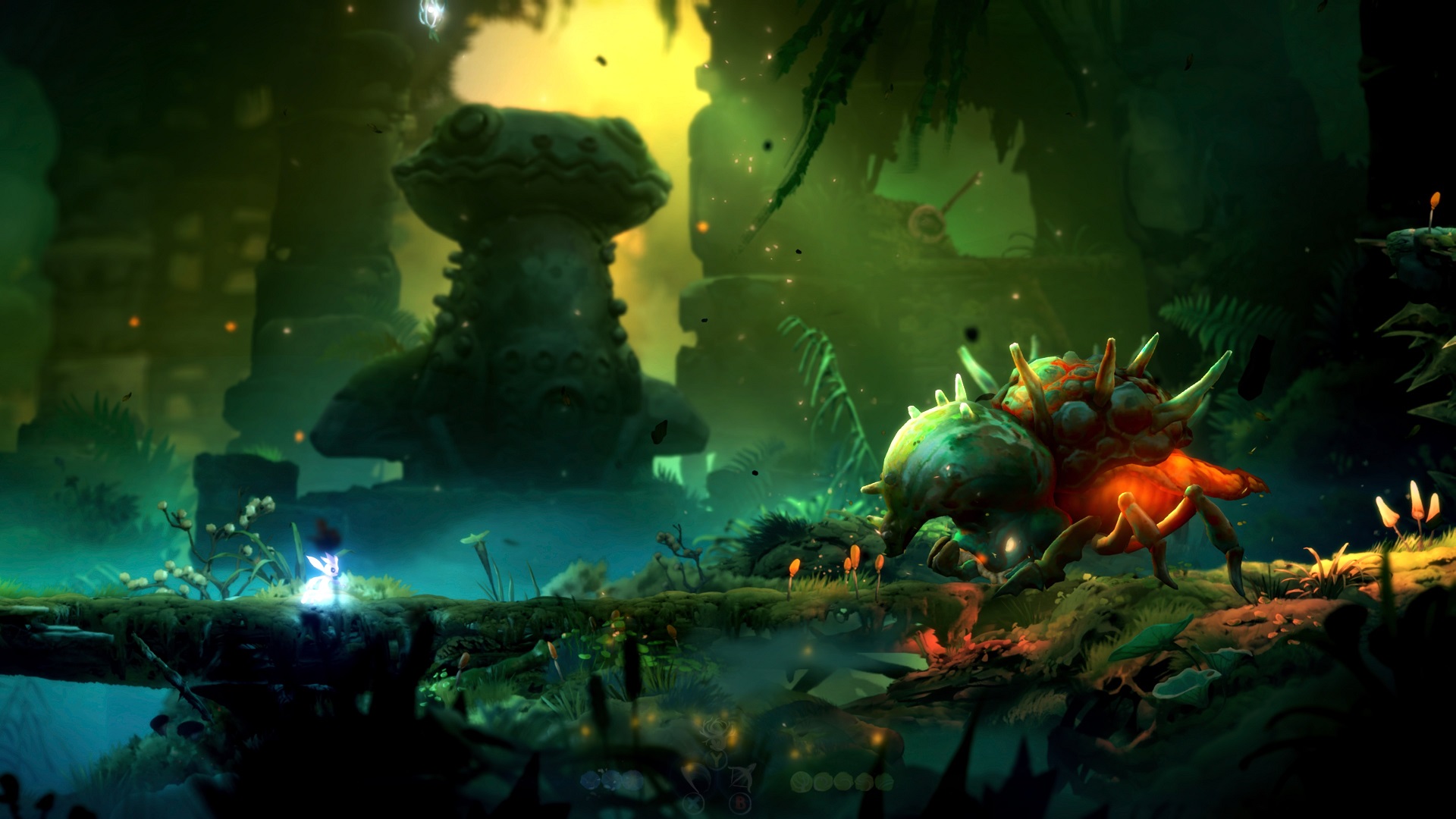
There’s a huge boost in detail and variety in the art, but it’s more than that. The world moves with and reacts to Ori like never before, the beautiful new lighting model touches everything in the scene and goes a long way to bringing the complete image together like never before. Most impressive are the large creatures that inhabit Niwen like the giant frog, Kwolok, whose painstaking details and animations give them amazing presence. The bosses are a similar highlight – imposing and grandiose, and extremely fun to fight. The only exceptions to all of this are maybe the final ‘dungeon’ area and the fight with Shriek, which aren’t as visually or mechanically inspired as the rest of the game. I could honestly talk all day about how gorgeous Will of the Wisps is though, and how happy I would be to sit there and watch (and listen) to it all day, but it really needs to be experienced in person to truly understand. It’s like the best storybook you’ve ever seen come to life.
Final Thoughts
Ori and the Will of the Wisps is proof that sometimes just a little bit more is more (that’s how the saying goes, right?). It feels incredibly familiar, especially if you’ve experienced the full five year game between games, but behind that recognisable exterior are dozens of small updates to almost every facet that serve to make it a far superior version of that familiar thing. It’s beautiful, bold, inventive, engaging and magical in all of the same ways, but even more so. Niwen isn’t just just a forest in need of saving, it’s a place to escape on the adventure of a lifetime. It’s just a shame that the level design occasionally stumbles despite largely being a repeat of what’s come before, and that anyone who, for whatever reason, plays without the Day One patch is practically getting an unfinished game.
Reviewed on Xbox One X // Review code supplied by publisher
Click here for more information on WellPlayed’s review policy and ethics
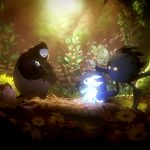
- Moon Studios
- Xbox Game Studios
- Xbox One / PC
- March 11, 2020



Kieron's been gaming ever since he could first speak the words "Blast Processing" and hasn't lost his love for platformers and JRPGs since. A connoisseur of avant-garde indie experiences and underground cult classics, Kieron is a devout worshipper at the churches of Double Fine and Annapurna Interactive, to drop just a couple of names.





